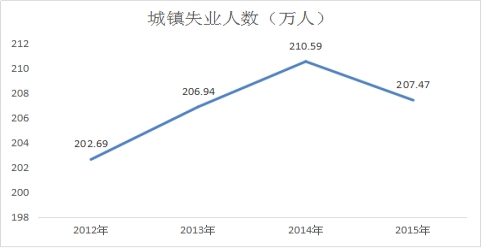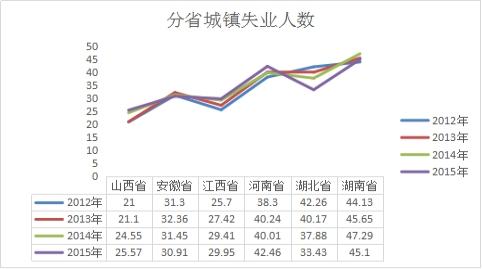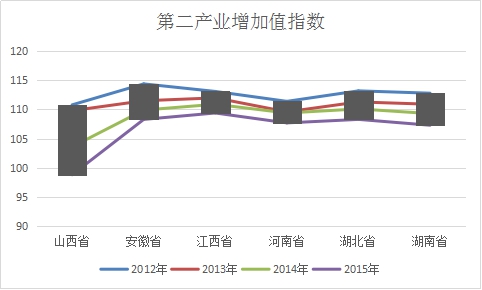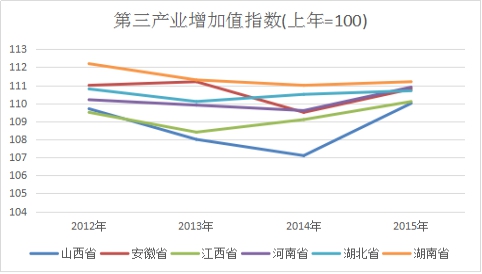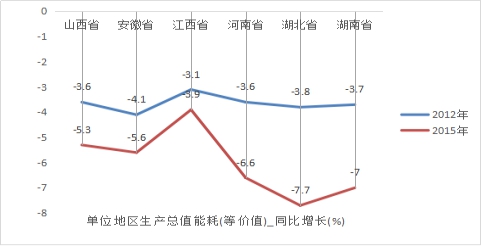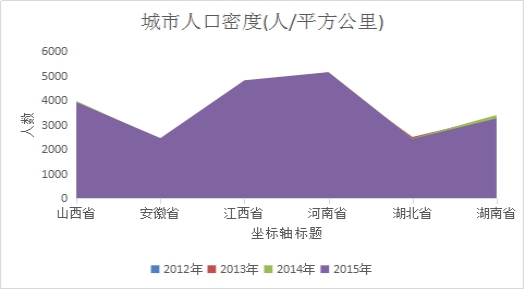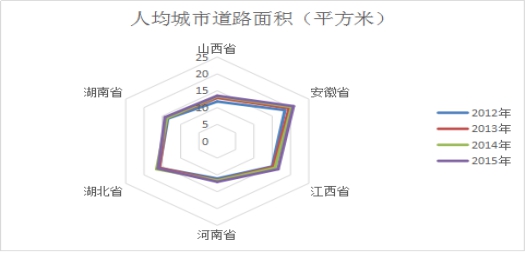经济新常态下中部地区新型城镇化建设问题探究——以湖北省襄阳市为例毕业论文
2020-08-20 20:01:05
摘 要
进入经济新常态后,我国经济增长和社会发展迎来了新机遇,同时也面临着许多新挑战,其中一个核心的挑战就是过去传统城镇化进程中普遍存在的重城轻乡、重速度轻质量等问题。一方面导致城乡发展严重割据、城市膨胀过快和农村日渐萧条;另一方面城镇化的过度发展还造成资源过度损耗和环境严重破坏。为改变以往我国城镇化的发展的低效粗放模式,促进发展方式的高效集约化,提高城镇化的发展水平,必须坚持走中国特色新型城镇化道路,以适应新常态、引领新常态,为我国经济发展提供强劲的动力。本文通过对指标数据对中部地区的新型城镇化进行阐述并总结出存在的主要问题,并以湖北省襄阳市为例,得出近年来襄阳市新型城镇化的现状、改善及存在的问题,进而提出新常态下中部地区新型城镇化发展的对策建议。
关键词:新常态;中部地区;新型城镇化;
Abstract
After entering the new economic norm, China's economic growth and social development ushered in new opportunities, but also faced with many new challenges, one of the core challenges is the traditional urbanization process in the past the prevalence of heavy city, heavy speed light weight. On the one hand, it leads to the serious separation of urban and rural development, urban expansion is too fast but rural depression; on the other hand, the excessive development of urbanization also causes excessive consumption of resources and serious environmental damage. In order to transfer the inefficient and extensive model of the development of urbanization into the high efficiency and intensive model, improve the level of urbanization development, we must adhere to the new urbanization path with Chinese characteristics in order to adapt to the new norm to provide strong power for the economic development of China. Based on the current status of the development of the new urbanization index data of the central region, summarizing the main problems, and taking Xiangyang, Hubei Province as an example, obtained the current situation and the existing problems, and puts forward the countermeasures and suggestions of new towns in the central region development under the new normal.
Key Words:new normal;central ragion;new-type urbanization
目 录
第1章 绪论 1
1.1选题背景 1
1.2 研究范围和主要内容 1
1.3 研究目的与意义 2
1.4研究方法和研究思路 2
1.4.1研究方法 2
1.4.2 研究思路 3
1.5论文不足之处 3
第2章 相关理论 4
2.1城镇化与城市化 4
2.1.1城市化 4
2.1.2城镇化 4
2.2经济新常态与新型城镇化 5
2.2.1新型城镇化的国内研究 5
2.2.2新型城镇化的内涵 5
2.2.3经济新常态的提出 6
2.2.4新型城镇化在新常态下的特征 6
第3章 中部地区新型城镇化发展现状及存在的问题 8
3.1数据来源和指标选取 8
3.2发展现状 8
3.3本章小结 13
第4章 案例分析:襄阳市新型城镇化建设 14
4.1襄阳市新型城镇化建设现状 14
4.2 襄阳市新型城镇化建设存在的主要问题 18
第5章 对中部地区新型城镇化建设的建议 19
第6章 结语与展望 21
参考文献 22
致 谢 24
第1章 绪论
1.1选题背景
自1978年以来,我国的城镇化率从17.92%提高到2016年的57.35%。目前,我国城镇化过程正在大幅度迈进,并呈现快速增长的趋势。据专家推测,到2020年,我国的城镇化率预计超过60%。虽然我国城镇化一直以较快的速度在不断发展,但是由于传统的发展模式下片面追求通过城镇人口规模和城镇建设用地的扩张手段来提高城镇化速度的做法越来越不符合我国经济运行的整体趋势[1],并且导致越来越多的社会问题暴露出来,比如发展方式低效粗放、能源资源浪费、生态环境破坏现象恶劣和公共服务供给不足等。为提升我国城镇化发展水平,依据现有的经济大环境,我国自主开拓出一条符合国情的新型城镇化道路。2012年党的十八大提出“走中国特色城镇化道路”,同年十二月的中央经济工作会议提出走集约、低碳、绿色、智能的新型城镇化道路,把生态文明理念和原则贯彻到城镇化发展的各个方面,着力提高城镇化的发展质量,积极稳妥地推进城镇化进程”。2013年中央城镇化工作会议又提出“推进新型城镇化,关键在于解决好人的问题”[2]。新型城镇化是建立在中国特色城镇化道路不断探索和实践的基础上,在提高城镇化发展水平的同时,要更加强调城乡一体化、生产集约化和绿色健康发展[3]。2014年习近平总书记提出的经济发展新常态是一个转型的过程,在经济发展条件和环境已发生深刻转变的背景下,传统城镇化发展中不平衡、不协调、不可持续的粗放增长方式将被淘汰,城镇化建设进入新的发展阶段。
1.2 研究范围和主要内容
(1)研究范围:
本论文主要是从时间、空间两个方面对研究对象的范围做出界定。
相关图片展示:
